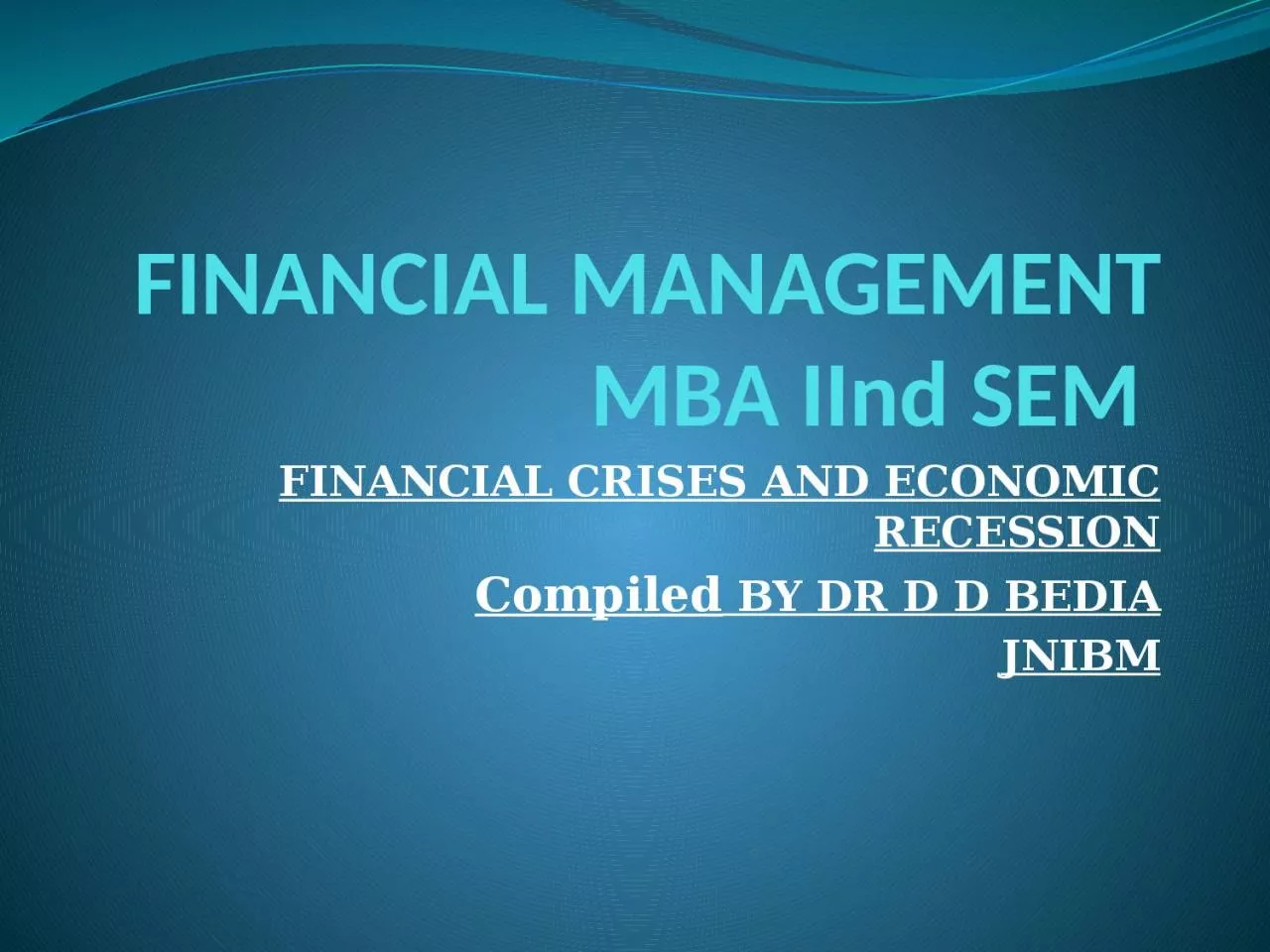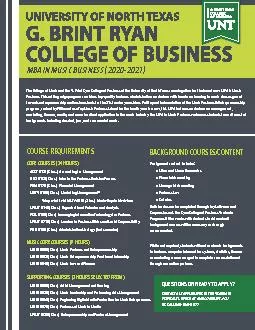PPT-FINANCIAL MANAGEMENT MBA
Author : dandy | Published Date : 2023-11-06
IInd SEM FINANCIAL CRISES AND ECONOMIC RECESSION Compiled BY DR D D BEDIA JNIBM A situation in which the supply of money is outpaced by the demand for money
Presentation Embed Code
Download Presentation
Download Presentation The PPT/PDF document "FINANCIAL MANAGEMENT MBA" is the property of its rightful owner. Permission is granted to download and print the materials on this website for personal, non-commercial use only, and to display it on your personal computer provided you do not modify the materials and that you retain all copyright notices contained in the materials. By downloading content from our website, you accept the terms of this agreement.
FINANCIAL MANAGEMENT MBA: Transcript
Download Rules Of Document
"FINANCIAL MANAGEMENT MBA"The content belongs to its owner. You may download and print it for personal use, without modification, and keep all copyright notices. By downloading, you agree to these terms.
Related Documents














![[READ] The Fast Forward MBA in Project Management: The Comprehensive, Easy-to-Read Handbook](https://thumbs.docslides.com/1006769/read-the-fast-forward-mba-in-project-management-the-comprehensive-easy-to-read-handbook-for-beginners-and-pros-fast-forward-mba-series.jpg)